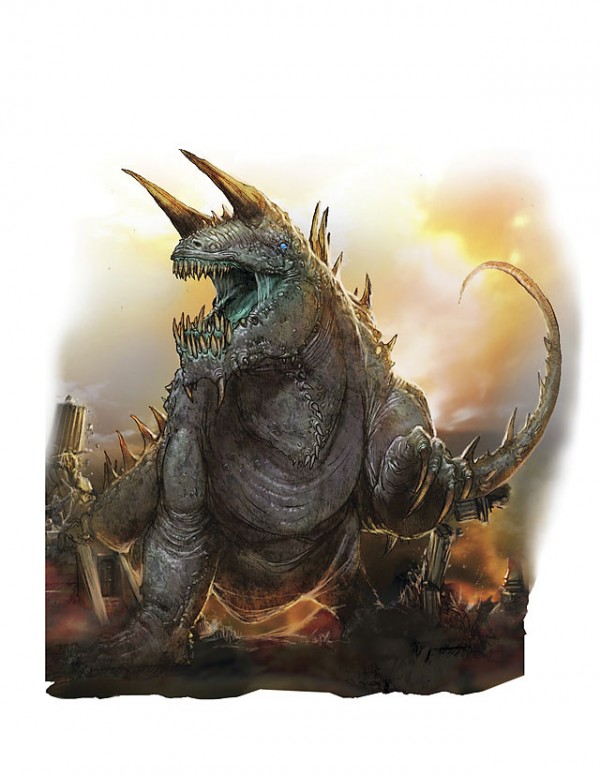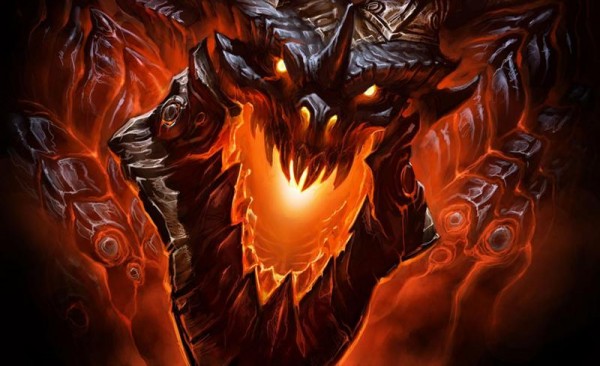It’s been a while, loyal readers (hopefully more than all both of you), and I have much to express. Recently, I finished up the paragon tier of my uber-campaign and have learned quite a bit about running mid- to late-game RP scenes and combat. The systems change, and the paradigms shift when you play mid- to late-game Dungeons & Dragons 4th-edition; it can feel overwhelming, but the payoff still justifies playing this system I feel…
…
Sort of.

So, here’s the deal: Wizards really has given us a terrific game past heroic tier. The landscape is vast, the races and classes have become exhaustive, and the pre-made adventure modules and quests are engaging, challenging, and fun. The qualities that I’ve complained about before (healing, powers management, end-game structure) still exist in paragon and epic tiers but don’t get any worse.
So, no gripes there.
What becomes unyielding during paragon tier (and I can only imagine exponentially increases during epic) is combat management. Honestly, I”ve almost gotten to the point of implementing a completely RP-combat system. That is, I have the characters describe what they want to do (given a certain combat scenario), and, after rolling initiatives, I base all attacks and results on d20 skill checks. For instance, if Rettanous, the Dwarf paladin of Moradin wishes to smite three zombies with his divine hammer, he can do so by describing precisely what he wants to do. I’ll pick a particular skill (probably, in this case, Athletics maybe coupled with a boon from Religion), have him add that to a d20 result, and compare this to some sort of inflated Armor Class rating or imagined defensive score. I’ll then base damage on the weapon itself, the character’s Strength modifier, and any other madness I choose to add (or subtract) based on the nature of the attack.
I do this because I care.
I like the players and I want to reward them for creativity. The further our game progresses in 4th-edition, the more I find the creativity becomes stifled. End-game playing takes over, and PCs are almost forced to become fascinated with their powers (basically spells for everyone) in some sort of World-of-Warcraft-Holy-Drowned-Barrens-Deathwing-Just-Made-Me-Soil-Myself relationship between character and “ability.” The issue I take is that Dungeons & Dragons is the grandfather of RPG creativity. Even AD&D, I feel, fostered more character individuality (even with the comprehensive understanding of linear algebra it required to play the game). However, it’s not the story, the landscape, the lore that cause this. In fact, these arenas are phenomenally designed and allow for maximum potential of creativity on the part of the PC. All of this and more become stifled.
Stifled by status effects.

Thank you, WoW, for this gem. Though I don’t blame you wonderful bastards at Blizzard (thanks for stealing my soul in Star Craft 2, by the way). For the simple fact remains: you may have needed a working understanding of mathematics to adequately keep track of your character in AD&D. But you frakking need Deep Blue to keep track of status effects and inflictions in D&D 4.0. I believe several DMs and players fail to realize that the reason compounding status effects are so exciting in games like WoW is because a computer keeps track of them. Your dual processors are driving up the cost of fuel to keep track of every single poison-, necrotic-, fire-, cold-, acid-, and lightning-type damage that’s draining Arthas’ mammoth HP bar. When fighting Strahd von Zarovich or The Terrasque (whose AC ratings and HP pools rival those of any WoW wormling), you’re going to want ongoing damage like it’s your job.
A challenging RPG is a fun RPG.
But, by Moradin’s beard, it gets too overwhelming in 4.0. This past week, I wrapped paragon tier with the players, and we had a grand old time. I enforced a story-TPK (meaning, they didn’t die because of any fault of their own) that propelled the story 217 years into the future for epic tier. The final fight of paragon tier saw the PCs squaring off against an adult black dragon (the draconic manifestation of the sin Pride, one of the divine paladins of Tiamat) who slapped them with ongoing necrotic and fire damage every chance he could. The players’ party is now comprised of druids, shamans, and warlocks, who dispense more ongoing damage and penalties than Visa does to a nineteen year-old thinking he or she can manage a credit card with a sweet $112 in the bank. Halfway through the battle, I mentally checked out, literally ceasing some of the ongoing damage the villain committed. Thing is, I didn’t short-change the PCs in the RP department. In fact, it was enhanced by those annoying subtraction signs disappearing. Maybe its my inadequacy as a seasoned DM (even though I’m more seasoned than nutmeg-infused wassail, bitches), but I just don’t see how anyone can keep up with the amount of ongoing damage and status effects in a boss fight (without minions or companions, nonetheless!).
That’s why I’m changing it up for epic tier.
I’m going almost whole-hog, Whitewolf-style for combat in epic tier. I’ll still run traditional combat on the battle map with minis during epic tier, but the majority of fighting will occur in words and roleplaying decisions, not taking ongoing damage. To the players reading this, don’t fear: your sweet ongoing damage spells and powers still will retain their potency in combat. We’re just employing a bit more flavor text this time around.
It’s gonna get savory.
Let me know what you think, DMs and players out there. I’d love to know.